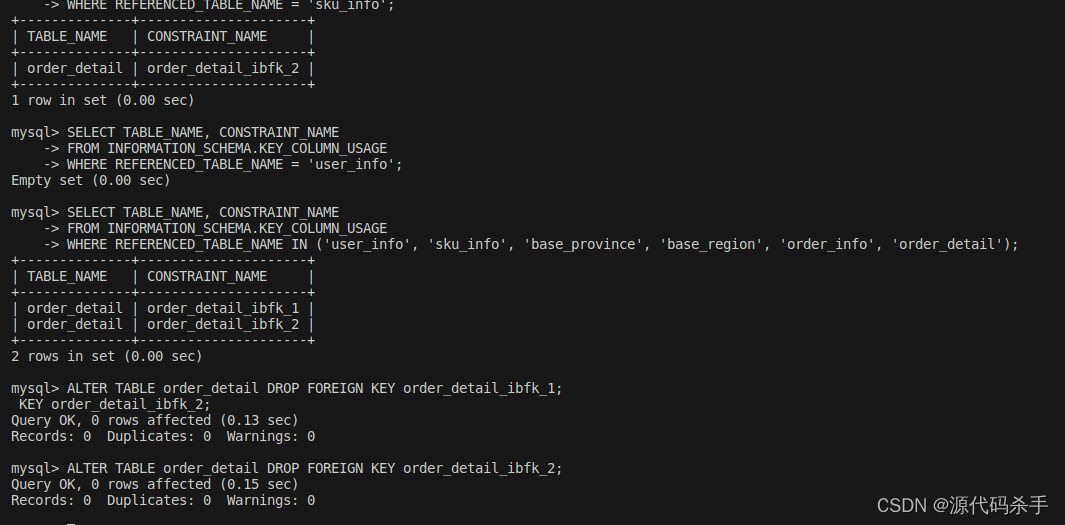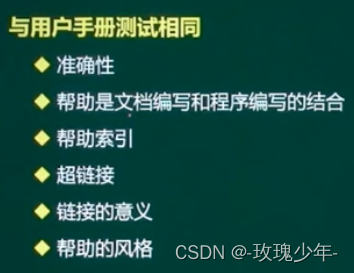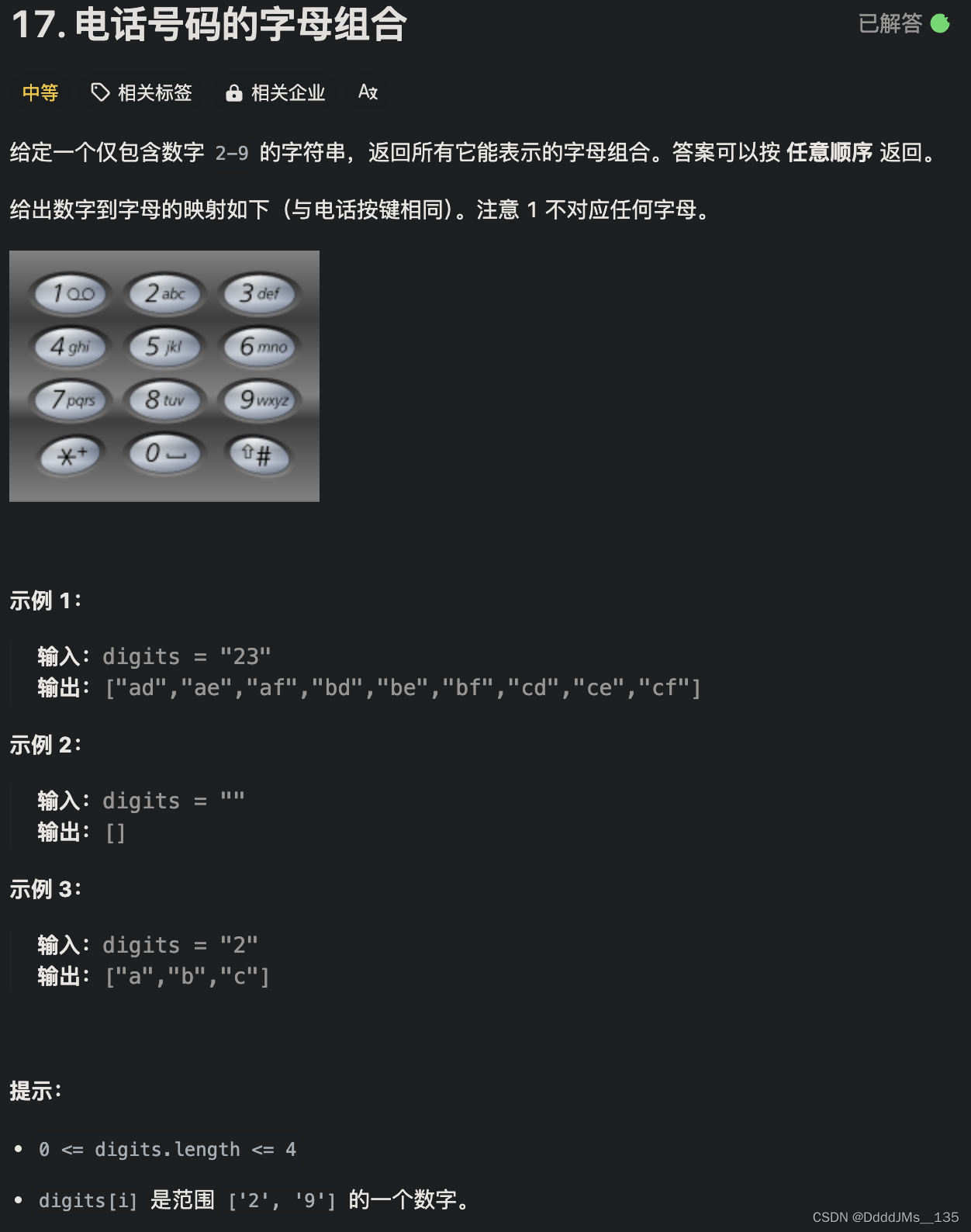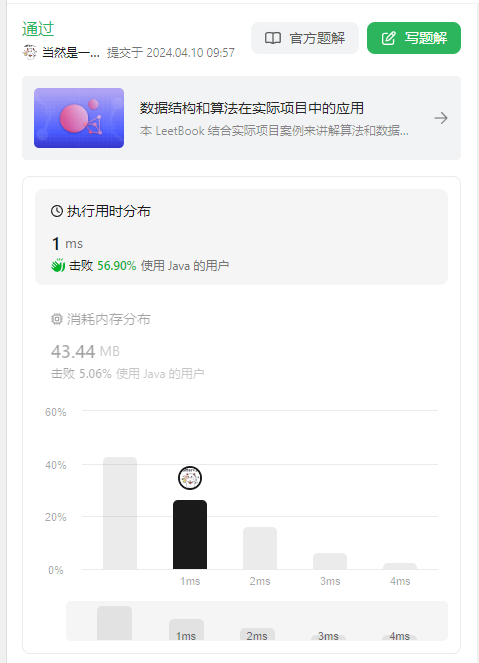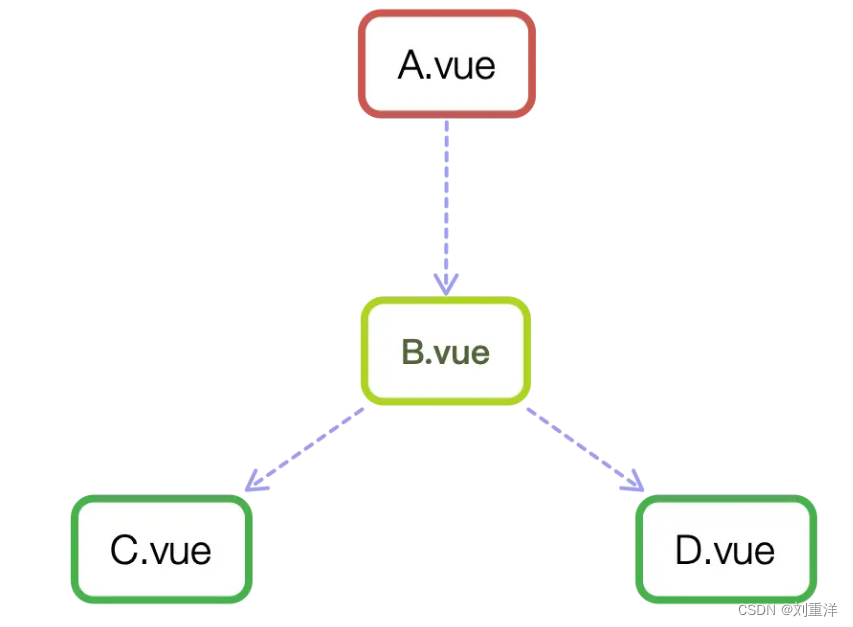
🤍 前端开发工程师、技术日更博主、已过CET6
🍨 阿珊和她的猫_CSDN博客专家、23年度博客之星前端领域TOP1
🕠 牛客高级专题作者、打造专栏《前端面试必备》 、《2024面试高频手撕题》
🍚 蓝桥云课签约作者、上架课程《Vue.js 和 Egg.js 开发企业级健康管理项目》、《带你从入门到实战全面掌握 uni-app》
文章目录
- 摘要:
- 引言:
- 正文:
- 1️⃣ 数组
- 2️⃣ 链表
- 总结:
- 参考资料:
摘要:
本文将介绍JavaScript中数组和链表这两种数据结构的特点和应用场景。通过了解它们的优势和局限性,我们可以更明智地选择合适的数据结构来优化我们的代码和程序性能。
引言:
在JavaScript编程中,选择合适的数据结构对于提高代码的性能和可维护性至关重要。数组和链表是两种常用的数据结构,它们各有特点和应用场景。本文将详细介绍数组和链表的概念、特点以及在JavaScript中的应用,帮助读者更好地理解和选择合适的数据结构。
正文:
1️⃣ 数组
数组是JavaScript中最基本的数据结构之一,它允许我们存储一系列元素,并提供快速的随机访问能力。数组的特点包括:
- 随机访问:数组提供了O(1)的时间复杂度来访问任意元素。
- 动态大小:数组的大小可以自动调整,以适应存储的数据量。
- 数组方法:JavaScript提供了丰富的数组方法,如push、pop、shift、unshift等,方便我们操作数组。
以下是一些使用数组的代码案例:
- 创建数组
let arr = [1, 2, 3, 4, 5];
- 访问数组元素
let arr = [1, 2, 3, 4, 5];
let first = arr[0]; // 1
let second = arr[1]; // 2
- 修改数组元素
let arr = [1, 2, 3, 4, 5];
arr[0] = 10; // [10, 2, 3, 4, 5]
- 添加元素到数组末尾
let arr = [1, 2, 3, 4, 5];
arr.push(6); // [1, 2, 3, 4, 5, 6]
- 从数组中删除元素
let arr = [1, 2, 3, 4, 5];
arr.splice(2, 1); // 从索引2开始删除1个元素,返回被删除的元素 [3]
- 数组遍历
let arr = [1, 2, 3, 4, 5];
for (let i = 0; i < arr.length; i++) {
console.log(arr[i]);
}
// 输出:1 2 3 4 5
- 使用数组方法
let arr = [1, 2, 3, 4, 5];
let sum = arr.reduce((acc, val) => acc + val, 0); // 计算数组元素之和
console.log(sum); // 输出:15
这些案例展示了数组在JavaScript中的基本用法。在实际编程中,数组可以用于存储和操作数据,提高代码的可读性和可维护性。
2️⃣ 链表
链表是一种不连续存储的数据结构,每个元素包含数据和指向下一个元素的指针。链表的特点包括:
- 插入和删除效率:链表在插入和删除操作上具有较高的效率,因为它们不需要移动其他元素。
- 不支持随机访问:链表不支持随机访问,需要从头节点开始遍历才能找到目标元素。
- 内存效率:链表在内存分配上更加灵活,不需要预先分配固定大小的内存。
链表是一种线性数据结构,它不按照元素的先后顺序存储数据,而是每个元素都存储在一个节点中,节点之间通过指针连接。以下是一些使用链表的代码案例:
- 定义链表节点
class ListNode {
constructor(val) {
this.val = val;
this.next = null;
}
}
- 创建链表
let head = new ListNode(1);
head.next = new ListNode(2);
head.next.next = new ListNode(3);
- 访问链表元素
let head = new ListNode(1);
head.next = new ListNode(2);
head.next.next = new ListNode(3);
let second = head.next; // 2
- 修改链表元素
let head = new ListNode(1);
head.next = new ListNode(2);
head.next.next = new ListNode(3);
head.next.next.next = new ListNode(4); // [1, 2, 3, 4]
- 添加元素到链表末尾
let head = new ListNode(1);
head.next = new ListNode(2);
head.next.next = new ListNode(3);
head.next.next.next = new ListNode(4);
head.next.next.next.next = new ListNode(5); // [1, 2, 3, 4, 5]
- 从链表中删除元素
let head = new ListNode(1);
head.next = new ListNode(2);
head.next.next = new ListNode(3);
head.next.next.next = new ListNode(4);
head.next.next.next.next = new ListNode(5);
head.next.next.next.next.next = null; // 从链表中删除元素5
- 链表遍历
let head = new ListNode(1);
head.next = new ListNode(2);
head.next.next = new ListNode(3);
head.next.next.next = new ListNode(4);
head.next.next.next.next = new ListNode(5);
function printList(head) {
let current = head;
while (current !== null) {
console.log(current.val);
current = current.next;
}
}
printList(head); // 输出:1 2 3 4 5
这些案例展示了链表在JavaScript中的基本用法。在实际编程中,链表可以用于处理动态数据,提高代码的灵活性和可扩展性。
总结:
数组和链表是JavaScript中两种重要的数据结构,它们各有特点和应用场景。在实际开发中,我们需要根据需求选择合适的数据结构。例如,当需要快速随机访问时,数组是一个很好的选择;当需要频繁插入和删除操作时,链表可能更加合适。了解和掌握这两种数据结构的使用和选择,对于提高代码性能和可维护性具有重要意义。
参考资料:
- JavaScript数组
- JavaScript链表



